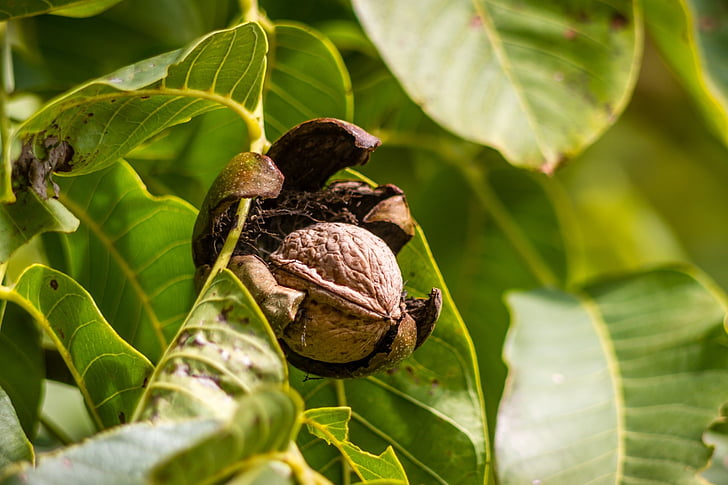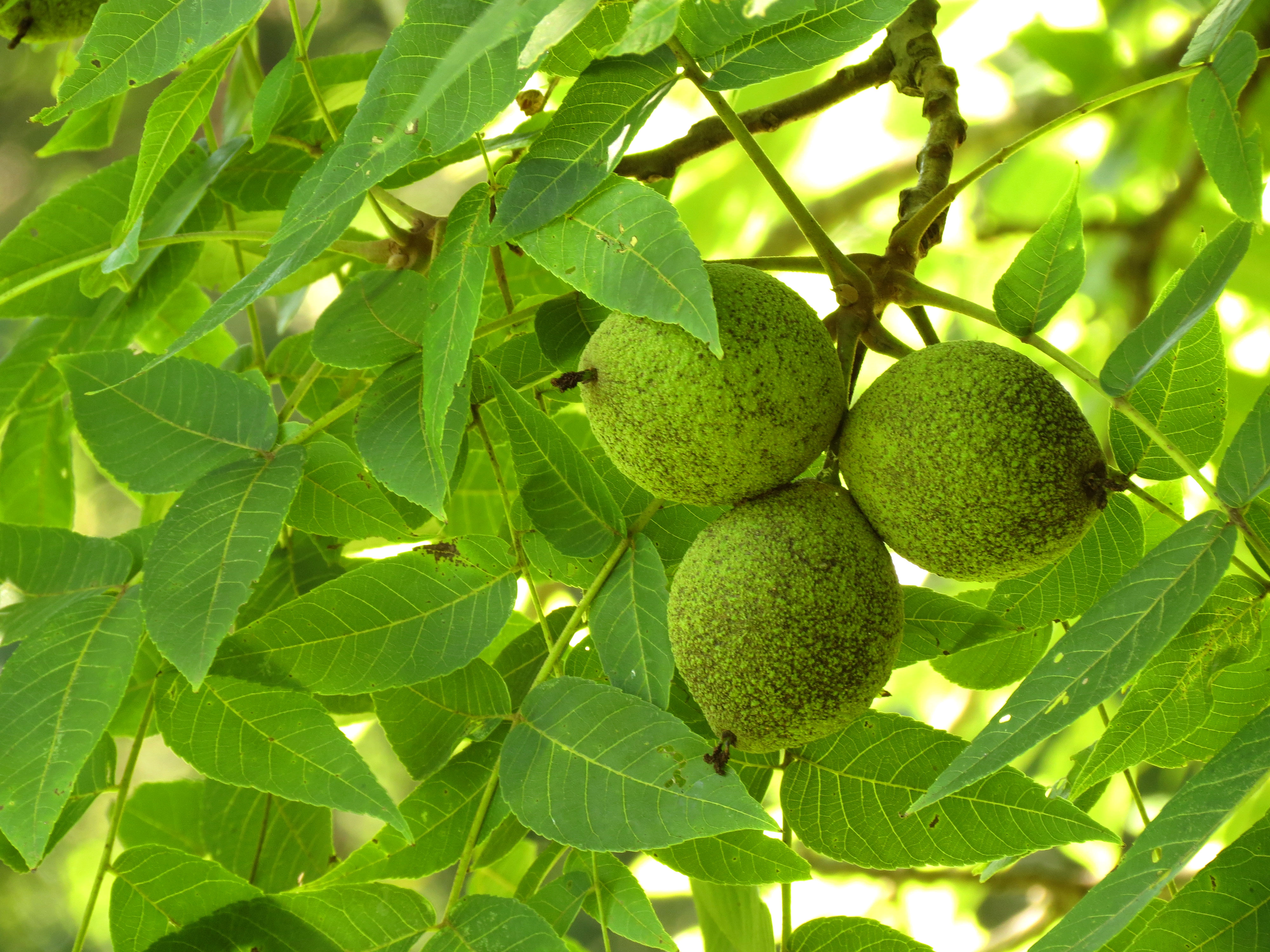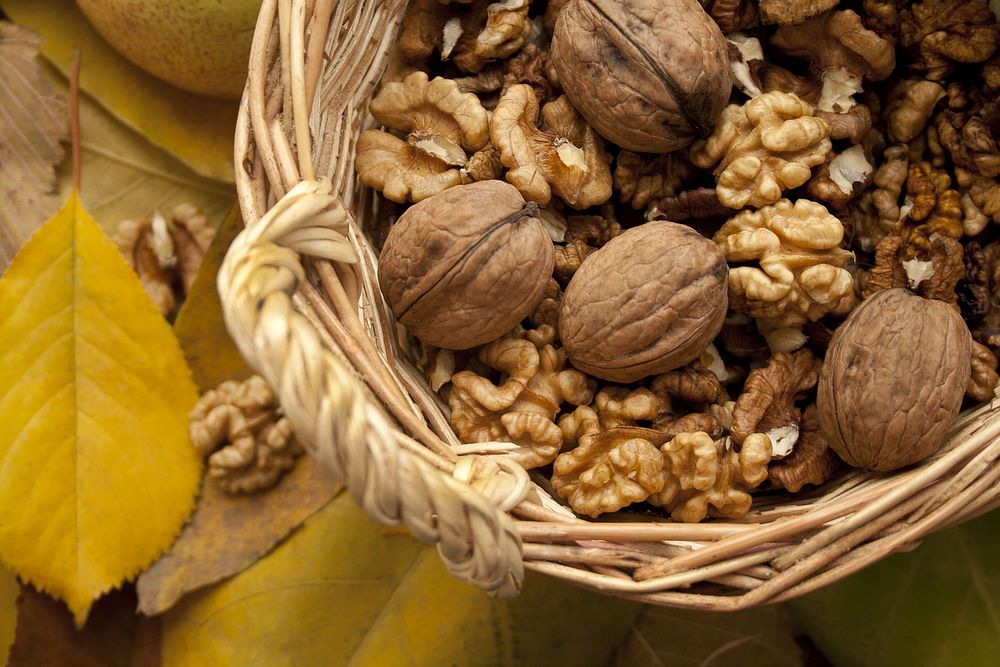How to grow Walnuts, Walnuts are not only delicious and nutritious but also relatively easy to grow, making them an excellent addition to any backyard orchard or garden. With proper care and attention, you can cultivate your own walnut trees and enjoy a bountiful harvest of fresh nuts for years to come. In this comprehensive guide, we’ll explore everything you need to know about growing walnuts, from selecting the right variety to harvesting and beyond.

How to grow Walnuts, Selecting the Right Variety:
Before you begin your walnut-growing journey, it’s essential to choose the right variety for your climate and growing conditions. English walnuts (Juglans regia) are the most common type grown for their tasty nuts, while black walnuts (Juglans nigra) are prized for their unique flavor. Consider factors such as your local climate, soil type, and available space when selecting a variety.
Preparing the Soil:
Walnut trees prefer well-drained, fertile soil with a pH level between 6.0 and 7.5. Before planting, amend the soil with organic matter such as compost or well-rotted manure to improve its texture and nutrient content. Avoid planting walnuts in compacted or waterlogged soil, as this can lead to poor growth and disease issues.
Planting:
How to grow Walnuts, Walnut trees can be grown from either seeds (nuts) or nursery-bought saplings. If starting from seeds, it’s best to plant them directly in the ground in late fall or early winter, as they require a period of cold stratification to germinate. Plant the nuts 2 to 3 inches deep and space them 30 to 40 feet apart to allow for proper root development.

Care and Maintenance:
How to grow Walnuts, Once your walnut trees are established, they require relatively little maintenance. However, there are a few key tasks to keep in mind:
Watering: Consistency is key when it comes to watering walnut trees, particularly during dry spells. This ensures optimal conditions for robust growth and the development of healthy nuts. However, it’s crucial to strike a balance and avoid excessive watering, as walnut trees are prone to root rot if the soil becomes waterlogged.
Fertilizing: In early spring, before the onset of new growth, it’s crucial to apply a balanced fertilizer specifically designed for fruit trees. Follow the instructions provided by the manufacturer regarding the appropriate application rates and timing to ensure optimal nourishment for your walnut trees. Proper fertilization during this critical period sets the foundation for healthy growth and abundant nut production later in the season.
Pruning: Prune walnut trees annually during the dormant season to remove dead, damaged, or diseased branches and shape the tree for optimal growth. Avoid heavy pruning, as this can reduce nut production.
Pest and Disease Management: Keep an eye out for common pests such as walnut aphids, codling moths, and walnut husk flies, and take appropriate measures to control them if necessary. Additionally, monitor for diseases such as walnut blight and anthracnose and treat promptly to prevent spreading.
Harvesting:
Walnuts typically mature and are ready for harvest in late summer or early fall, depending on the variety and growing conditions. Harvest the nuts when the hulls begin to split open and the kernels are fully developed. Use a long-handled pole or simply shake the branches to dislodge the nuts from the tree. Once harvested, remove the husks and allow the nuts to dry thoroughly before storing or consuming.

How to grow Walnuts, Growing walnuts can be a rewarding experience for both novice and experienced gardeners alike. By selecting the right variety, preparing the soil, planting with care, and providing proper maintenance, you can cultivate healthy walnut trees and enjoy a plentiful supply of fresh, nutritious nuts for years to come. So roll up your sleeves, dig in the dirt, and get ready to reap the delicious rewards of growing your own walnuts!

